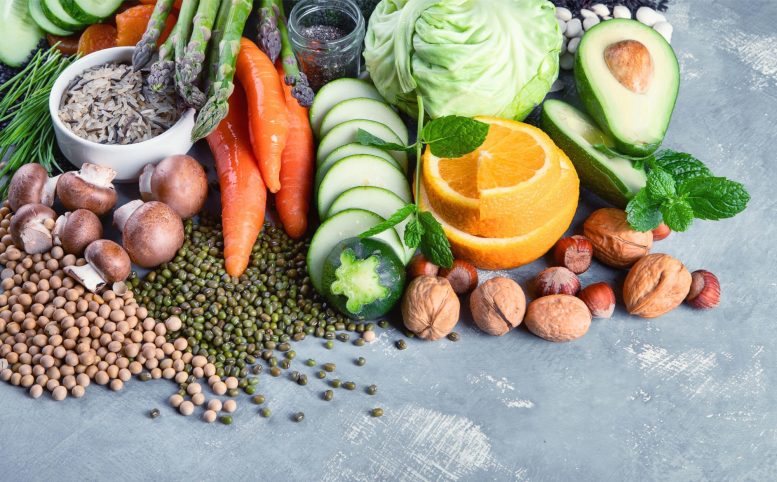
A study reveals a lack of public awareness and concern about naturally occurring toxins in foods, with many feeling poorly informed and not properly addressing risks like mold in food, contrasting with higher concerns about synthetic residues and contaminants.
Many individuals worry about the presence of chemical residues, contaminants, or microplastics in their food. Yet, it’s less commonly understood that numerous foods naturally contain toxins. These are typically chemical compounds that plants produce to protect themselves from predators like insects and microorganisms. Such substances, found in foods like beans and potatoes, can potentially pose health risks.
However, according to a recent representative survey by the German Federal Institute for Risk Assessment (BfR), only just under half of the respondents (47 percent) were even aware of plant toxic substances. The BfR Consumer Monitor Special on naturally occurring plant toxins also revealed that this risk worries 27 percent.
In contrast, residues in food (e.g. from plant protection products) and contaminants, i.e. substances that are not intentionally added to food (e.g. heavy metals), cause concern for 63 and 62 percent of respondents respectively. “The survey results make it clear that risks of natural origin tend to be underestimated, while risks of synthetic origin tend to be overestimated,” says BfR President Professor Andreas Hensel.
Raw plant-based foods are consumed frequently by 34 percent, occasionally or rarely by 45 percent, and very rarely or not at all by 19 percent.
Which foods with naturally occurring plant toxins do you already know? If this question is asked openly and without pre-selection, potatoes are named first (15 percent), followed by tomatoes, raw beans (nine percent each), and mushrooms (five percent).
Public Concern and Information Deficit
Naturally occurring toxic substances worry 27 percent in the survey. More than half of the respondents (53 percent) feel poorly informed about plant toxins in food, while only eight percent feel well informed.
At 63 percent and 62 percent respectively, significantly more consumers are concerned about residues or contaminants.
Residues are residual amounts of substances that are used in the production of food. For example, residues can remain in fruit, vegetables, or cereals even if plant protection products are used correctly.
Contaminants, on the other hand, are undesirable substances that unintentionally end up in food. They can occur naturally in the environment, arise during the processing of raw materials into food, or be released into the environment as a result of human activities. Contaminants are undesirable because they can be harmful to health under certain circumstances.
The study also shed light on the related topic of “moldy food.” Here, too, there is a clear need for education. Even small amounts of mold toxins can be harmful to the health of humans and animals. Moldy jam, for example, should therefore always be disposed of completely. Nevertheless, 25 percent of respondents stated that they only remove the moldy part. Even in the case of moldy berries, affected and surrounding fruit should no longer be eaten. Only 60 percent adhere to this rule.








Many foods and medications contain photosensitizers, which increase the sensitivity of the skin to the UV rays of the sun, leading to burns. These foods incldue citrus, carrots, figs, celery, and more. See my article Burn Easily in the Sun? It Could Be Your Food and Medications. https://www.academia.edu/116510668/Burn_Easily_in_the_Sun_It_Could_be_your_Diet_and_Medications